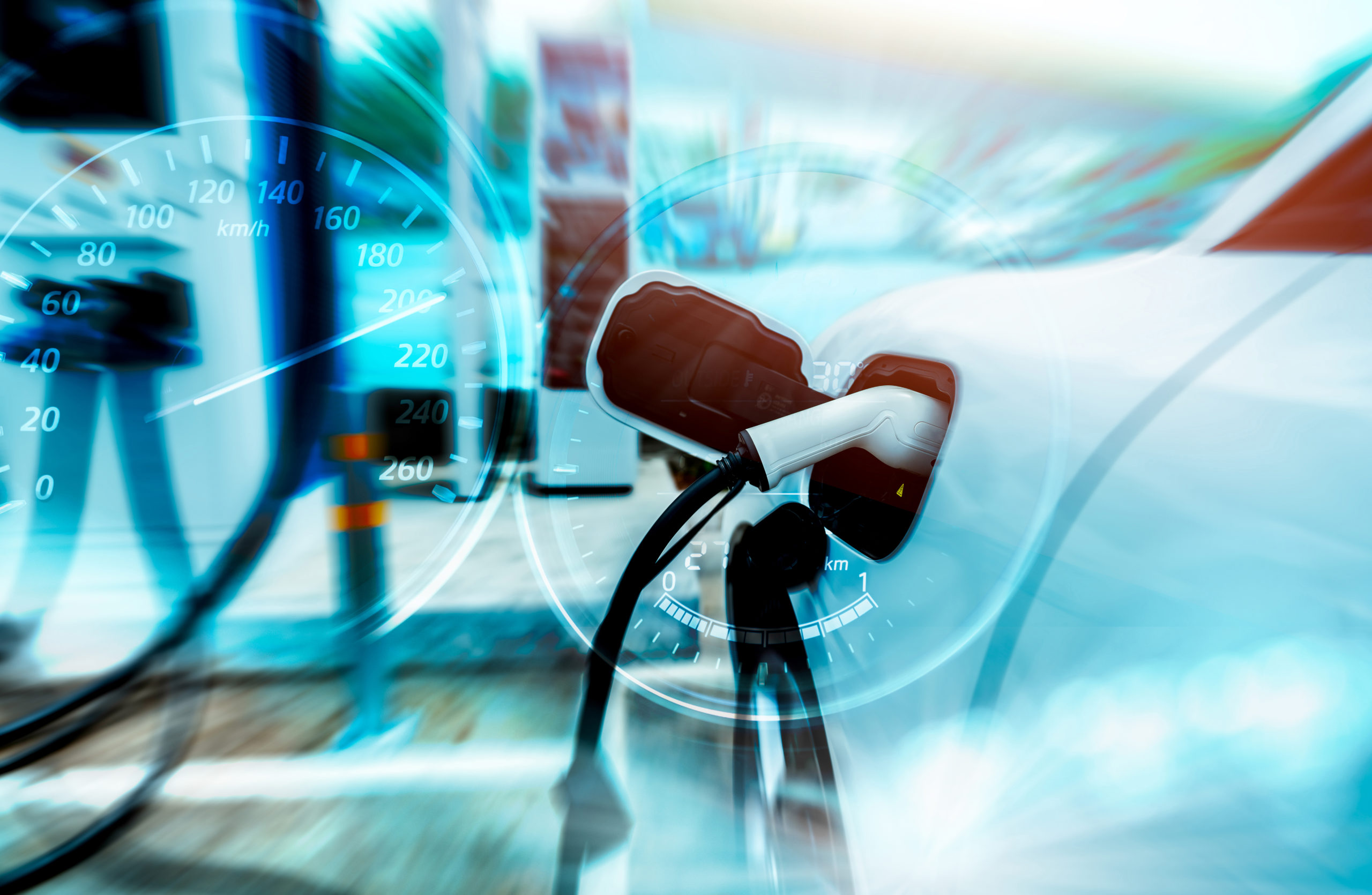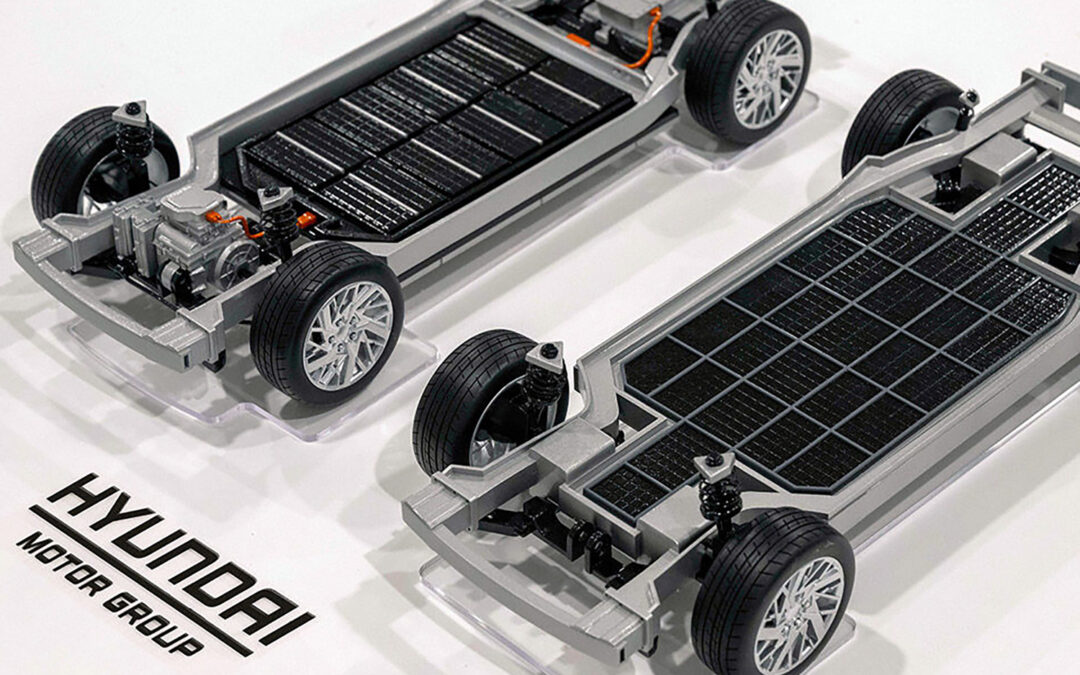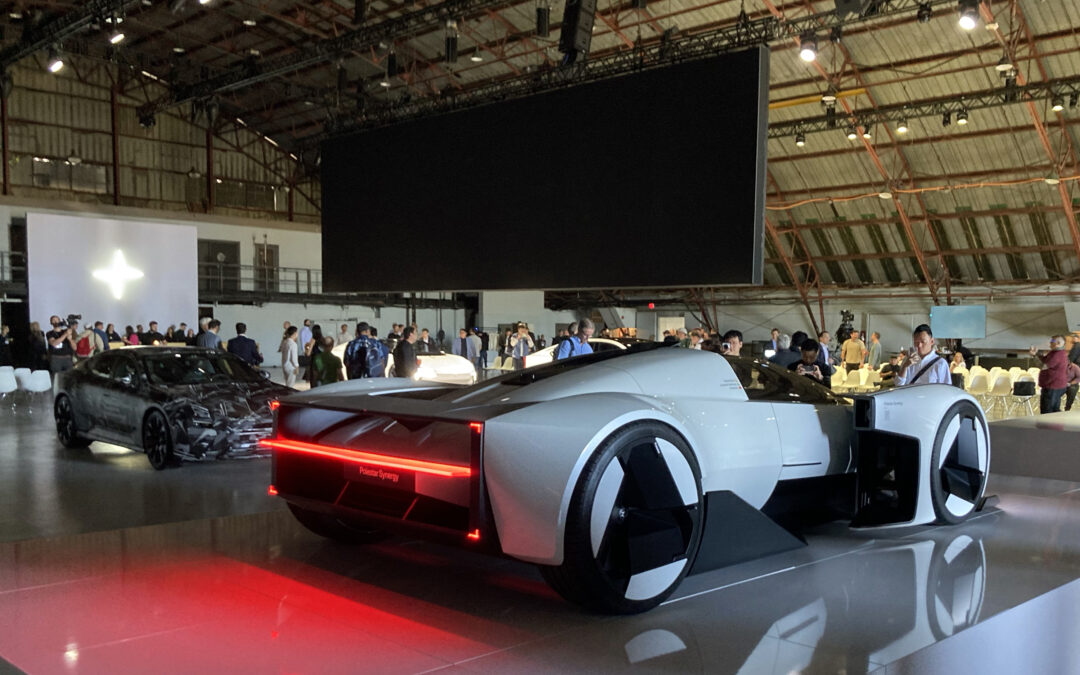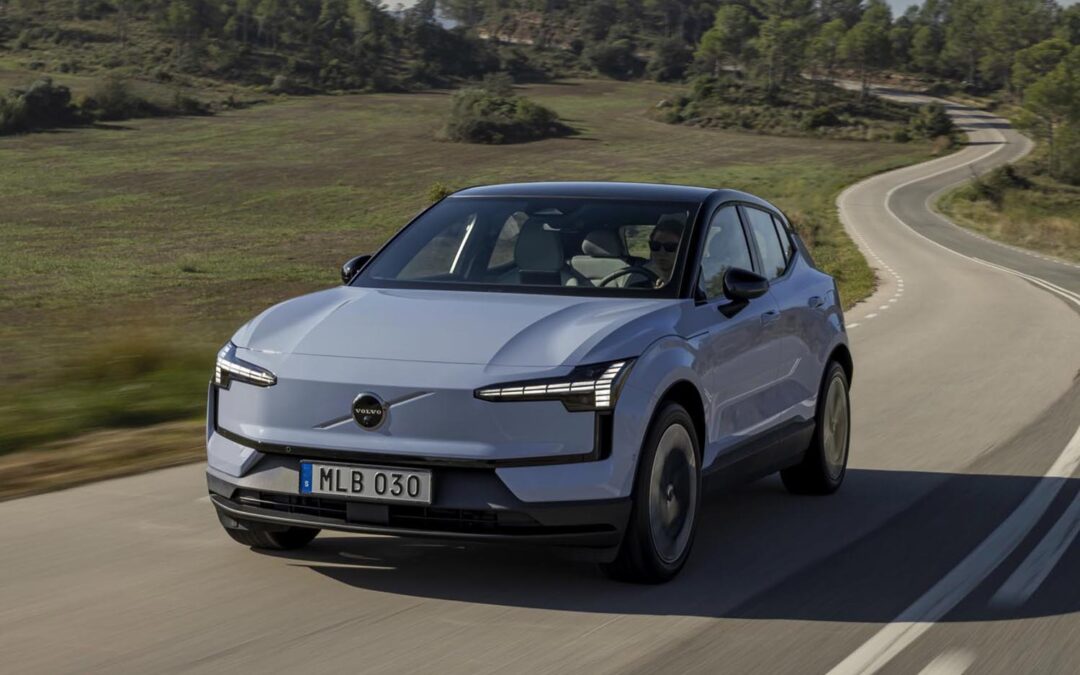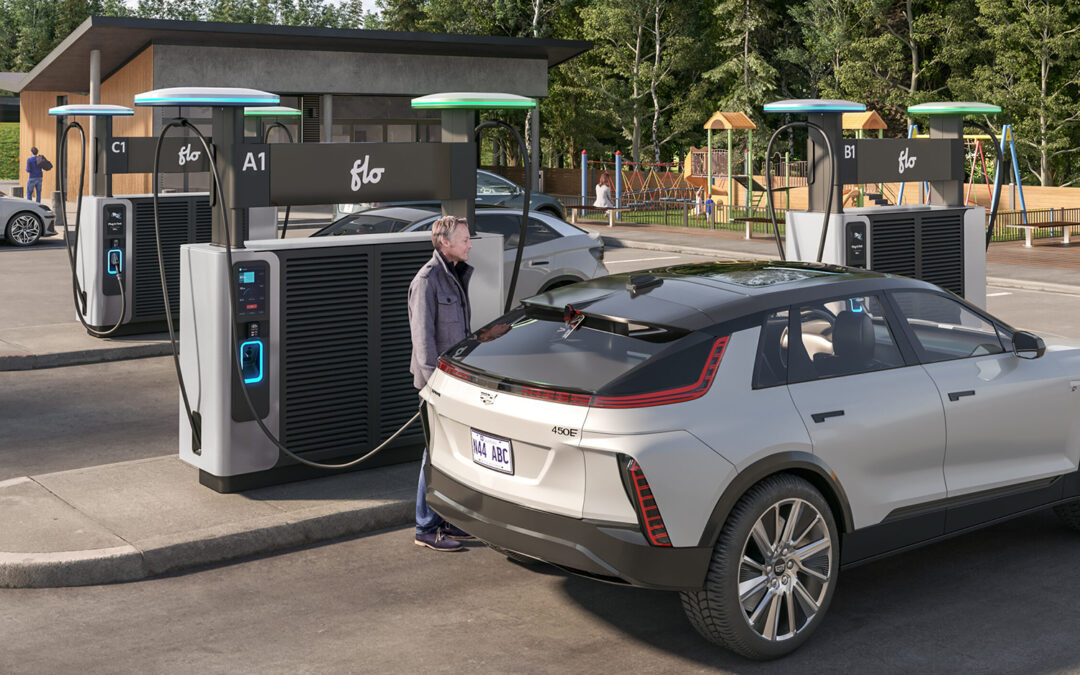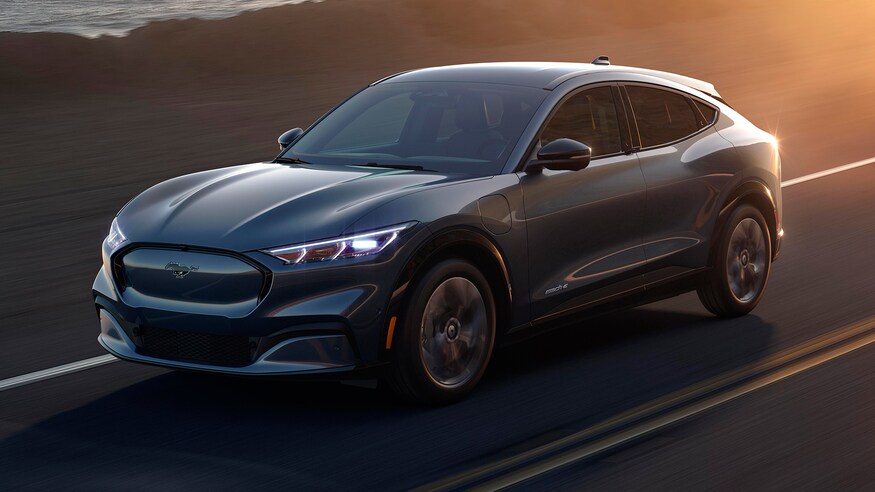Imagine a world in which every EV owner could charge their vehicle within the same timeframe it takes to fill up a gas tank — just five minutes. With NASA’s help, this vision might become reality.
The US space agency suggested that an experimental cooling system — named “sub cooled flow boiling” technology — it is funding at Purdue University could eventually allow electric vehicle users to charge their cars within five minutes. The intention for the experiment was to control future systems’ temperatures in space. In more specific terms, the Flow Boiling and Condensation Experiment (FBCE) enables two-phase fluid flow and heat transfer experiments to be conducted in the long-duration microgravity environment on the International Space Station.
“A team sponsored by NASA’s Biological and Physical Sciences Division is developing a new technology that will not only achieve orders-of-magnitude improvement in heat transfer to enable these systems to maintain proper temperatures in space, but will also enable significant reductions in size and weight of the hardware,” said NASA in a blog post detailing the news.“What’s more, this same technology may make owning an electric-powered car here on Earth easier and more feasible.”
In case the five-minute timeframe didn’t impress you, consider this — according to NASA, charging a vehicle at this rate would require chargers to provide current at 1,400 amps, which is a significant boost from the charging technology we currently have available. Many public charging stations include Level 2 chargers that support currents less than 150 amps, while some of the most advanced Level 3 chargers on the market deliver currents up to 520 amps.
To remedy current charging barriers, the Purdue University team recently applied the “subcooled flow boiling” principles learned from the NASA FBCE experiments to the electric vehicle charging process. “Using this new technology, dielectric (non-electrically conducting) liquid coolant is pumped through the charging cable, where it captures the heat generated by the current-carrying conductor,” the blog reads. “Subcooled flow boiling allows the team to deliver 4.6 times the current of the fastest available electric vehicle chargers on the market today by removing up to 24.22 kilowatts of heat.”
This is no small feat, as the application of this new technology may help to remove one of the key barriers to worldwide adoption of electric vehicles.
